Innovative Materials in Fashion: Eco Friendly Solutions
New technological advancements make it possible to engineer eco-friendly garment materials. Sustainable alternatives to traditional fabrics do not compromise quality. Most of them have proven to have higher strength, are more lightweight and durable.
We’re going to focus on several of these new materials; Dyneema technology, seaweed fiber, spider silk, peppermint oil treatment, Bio iridescent sequin, and tree yarn (Kapok).
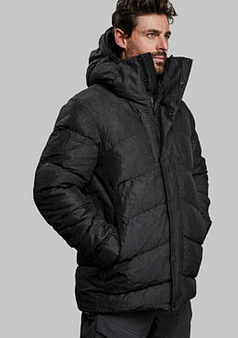
Vollebak jacket
Dyneema Technology
This is scientifically proven to be the world’s strongest fiber. It offers maximum strength with minimum weight which is why this material is so versatile. This material is produced by gel spinning. The molecular chains that make up this material are stronger at the same weight as other alternatives. It is actually named Diamond Technology due to its crystallization process, and of course, its strength.
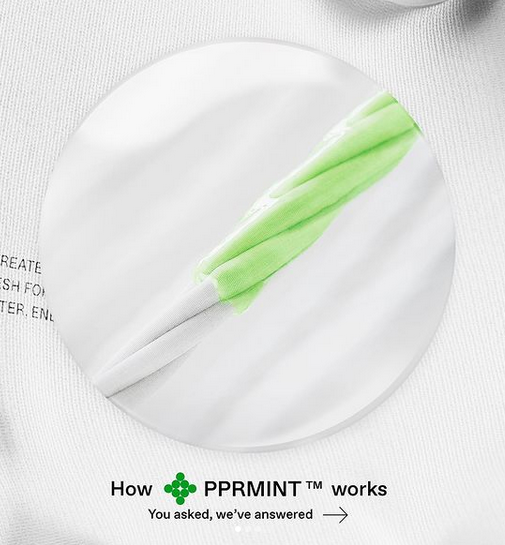
Pangaia seaweed fiber
Seaweed Fiber
Seaweed has actually always been used to create packaging. Recently, its applications expanded to clothing and textiles. This translates to sustainable consumption; many brands use this alternative to fuse style and innovation. These brands focus on pushing the envelope with their trends and eco-conscious ethos. Using seaweed fibres in clothing materials alleviates the world of a textile deficit; there are increasing production demands from suppliers. Kelp is a type of algae, and is one of the fastest replenishing organisms. AlgiKnit yarn is therefore derived from this kelp to make footwear, accessories and garments, making it a durable and practical choice.
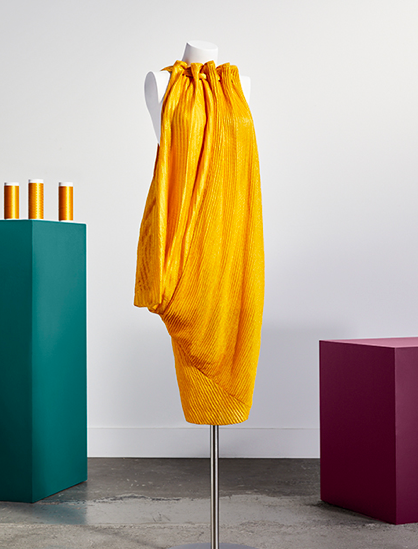
Stella McCartney x Bolt Threds, 2017
Spider Silk
Commonly known as microsilk, spiders produce silk fibers that are high in elasticity, durability, and softness. It carries less environmentally harmful effects than traditional textile production. These microsilks are engineered proteins that are replicated by spider-spun silk. Stella McCartney recently partnered with Bolt Threads, a company driven by sustainability to produce microsilk fabrics in order to create a shift dress. Yielding very promising results, spidersilk is often referred to as the “performance fabric of the future”.
Peppermint Oil Treatment
This is an antibacterial treatment and is 100% natural. There’s no toxic chemistry and it lasts up to 50 washes. It is a plant-derived textile treatment that keeps the fabric fresher for longer, saving energy on washes in the long run.
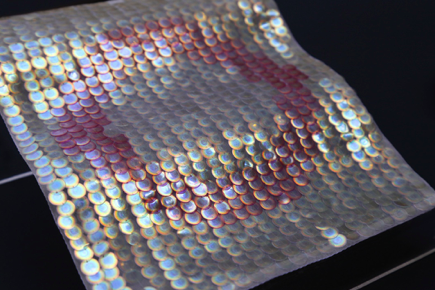
Elissa Brunato’s Bio Iridescent Sequin
Bio Iridescent Sequin
A naturally derived bead made from trees. It is made from cellulose which is more sustainable than regular plastics. In a nutshell, it is a bioplastic derived from the cellulose of trees. The only downfall of the process is that it could take years to grow cellulose, but it is the most abundant on earth and can be extracted from any type of tree. Once obtained, it can take only about a day to create an item by injecting the cellulose into a mould to create sequin-like materials. All that’s left is sewing onto the fabric. The end result is pretty, sustainable, and abundant! Stella McCartney recently jumped on this trend as well.
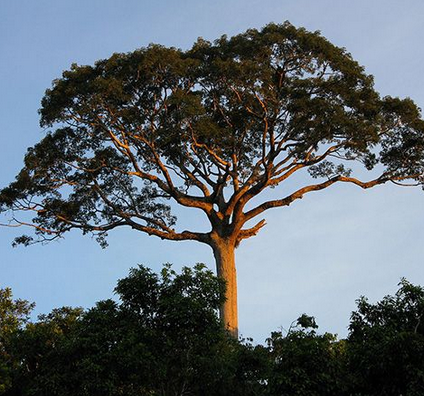
Kapok Tree
Tree Yarn (Kapok)
Tree yarn is a natural, non-food, vegan product. It all starts with a Kapok tree. The natural cellulose fibres are picked from those trees that need no irrigation, fertilizer, or pesticides. It is a cotton alternative and can be found in abundance in Asia or tropical regions. Kapok can be turned into garments or used as filling material due to its absorbance, buoyancy, and light-weight properties. You can say it’s a great insulator, as it resists moisture far less than cotton. The material can be processed by modern spinning machines, much like the production of cotton fabrics. It is also popular among upholstery. Plus, it’s completely biodegradable and its natural chemical makeup deems itself as antimicrobial.
